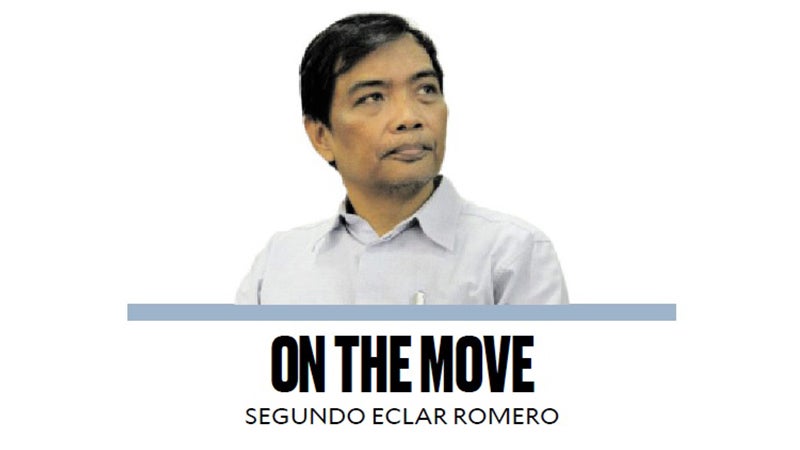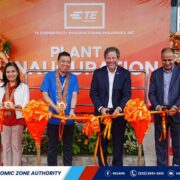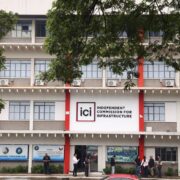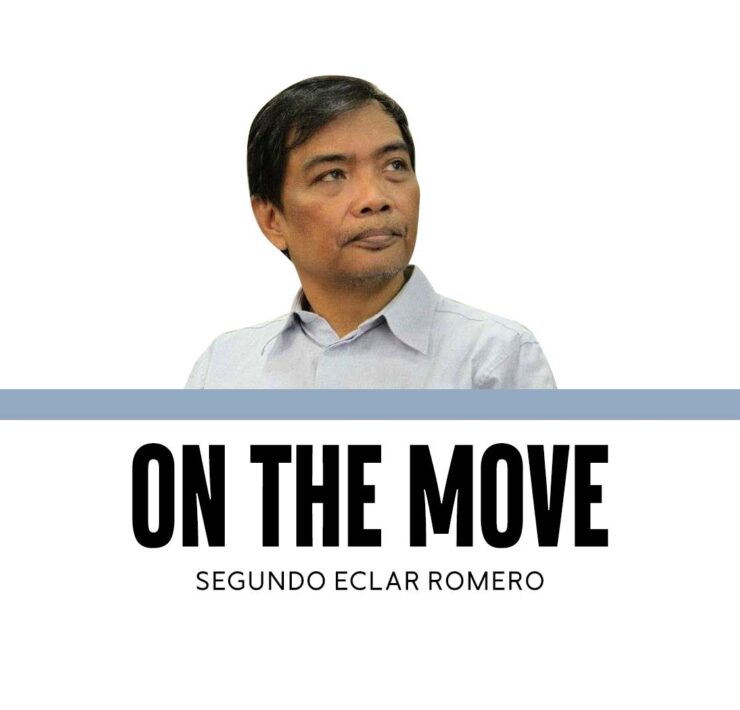A human-centered approach to local dev’t

Yesterday, I was at the Pampanga State Agricultural University in Magalang, Pampanga, at the foot of Mount Arayat. I was a speaker in a seminar-workshop for various local government officials from the Science City of Muñoz, Talavera, Guagua, and Floridablanca.
The workshop was organized by the Department of Science and Technology Region 3. The task of the seminar-workshop was for the participants to develop science, technology, and innovation (STI) plans for mainstreaming into the comprehensive development plans (CDP) and comprehensive land use plans (CLUP) of their respective local governments. That there is a need to mainstream STI into local development plans speaks of the fragmented and intermittent process of formulating local development plans.
In the forum, illustrative CDP science, technology, and innovation policy statements were shared—the city as a leading science and technology hub in the region, promoting innovation in agriculture and other key sectors; prioritizing investments in science and technology infrastructure, such as research centers, laboratories, and innovation hubs.
As a social scientist, I noticed that the CDP and CLUP planning processes were too fixated on the city or municipal level of analysis. At this level, there are dimensions and metrics that are applicable. The Development Academy of the Philippines has rolled out and promoted what it calls the “hexagonal model of smart and sustainable cities.”
There are six dimensions—smart economy, smart governance, smart environment, smart mobility, smart living, and smart people. On the other hand, there is the Cities and Municipalities Competitiveness Index which might also be regarded as a city or municipal-level model.
This Index has five pillars—economic dynamism, government efficiency, infrastructure, resiliency, and innovation. Each pillar has 10 indicators. This index has scores and rankings for all Philippine municipalities, which is very convenient.
But where in the CDP and CLUP is there a focus on the community-level inputs? In the formulation of CDPs and CLUPs, there is a need to do two-level needs assessment and analysis—the city level and the community level.
I present the human-centered design (HCD) model: empathize—understand the user’s needs, motivations, and pain points through observation, interviews, and immersion; define—clearly articulate the problem to be solved, based on insights from the empathize phase; ideate—brainstorm a wide range of possible solutions without constraints; prototype—create tangible representations of the most promising ideas, whether low fidelity or high fidelity; and test—put prototypes in front of real users to gather feedback and iterate on the design.
An illustration of the use of HCD is the community transformability scorecard, which considers seven areas of user needs and experience: shelter and living space, mobility and access, income and livelihood, social services, safety nets, community governance, and integration into the LGU system.
Brought to the level of the community, it becomes easier to identify human-centered STI solutions. For instance, in the area of shelter and living space, the STI solutions could be low-cost housing technologies (e.g., prefabricated houses, bamboo construction); and innovative financing mechanisms (e.g., microfinance, community savings groups).
Survey questionnaires and focus group discussions may be frowned upon as the basis for CDPs, CLUPs, and other local plans by supervising national government agencies, but when used judiciously in conjunction with other indicators, they could provide actionable insights and directions for local policy.
Two major takeaways I have from this session were the way data is available in different offices of the government, but this data is not integrated and accessible to local and national planners.
The efforts at the local level to attain a level of integration of their data are often heroic, but in the end, the creation and deployment of a standardized, single data system founded on registries of individuals and corporations is understood to be at the heart of digital government, is a task of the national government.
The other takeaway is that an inventory of the various programs and projects of the various national government agencies is so rich and generous, but largely inaccessible to target beneficiaries because of bureaucratic and other hurdles.
One is tempted to say that the role of local government officials is to set up “fixer” systems that will facilitate and ensure the access of their constituents to these services. One-stop shops are illusory unless they work across agencies and target beneficiaries.
doyromero@gmail.com


















